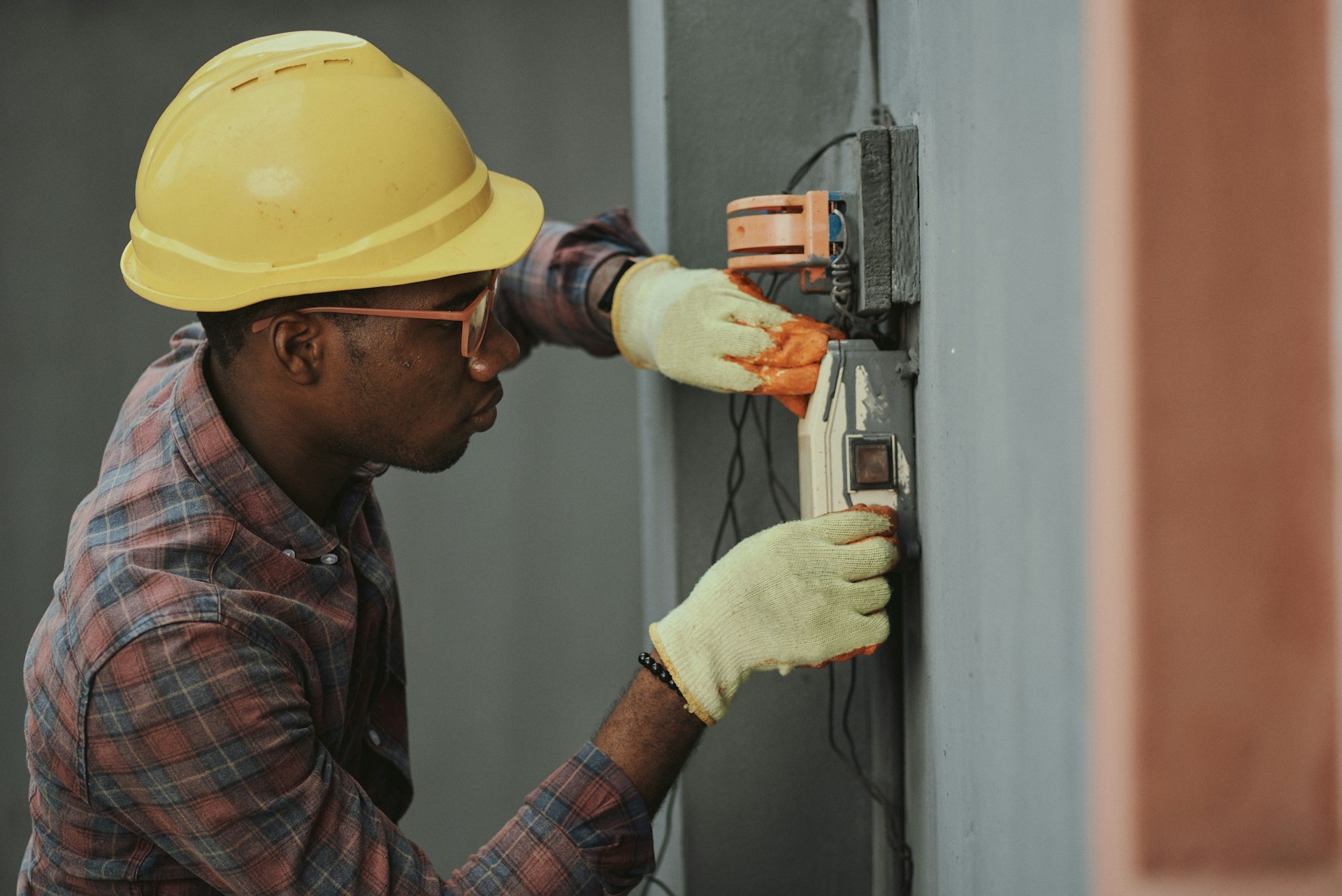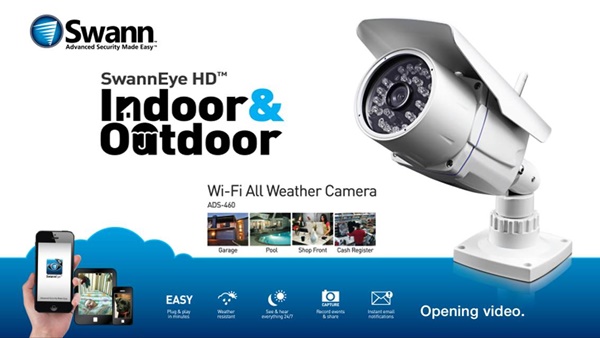Installing Distributed Antenna Systems: Choosing the Right Location

In the dynamic landscape of wireless communication, the success of distributed antenna systems (DAS) installation hinges on strategic planning and selecting the right locations for optimal performance. Whether you’re enhancing in-building coverage or addressing connectivity in a public venue, careful consideration of installation sites is paramount to the effectiveness of your DAS. Let’s delve into the key aspects of planning for a successful DAS deployment.
Understanding the Terrain
The first step in choosing the right location for distributed antenna system installation is a thorough understanding of the terrain. Different environments present unique challenges and opportunities. Urban areas with high-rise buildings, for example, may require a denser distribution of antennas to overcome signal blockages caused by structures. In contrast, rural settings might demand a more extensive coverage area to reach remote locations. By assessing the terrain, you can tailor your DAS installation to meet the specific needs of the environment.
Identifying High-Traffic Areas
In both urban and public settings, identifying high-traffic areas is crucial. Places with a dense concentration of users, such as shopping malls, stadiums, and transportation hubs, often experience heightened demand for connectivity. Installing DAS in these high-traffic zones ensures that the network can handle the increased volume of simultaneous connections, providing users with reliable and high-performance wireless communication.

Building Penetration and Coverage
When planning for in-building DAS installation, the characteristics of the building itself play a pivotal role. Factors like building materials, structural layout, and the presence of obstacles all impact wireless signal penetration. Understanding these variables allows you to strategically position antennas to maximize coverage and overcome potential signal attenuation. By conducting thorough site surveys and considering building-specific nuances, you can ensure that the DAS installation is tailored to the unique challenges posed by each structure.
A Strategic Approach to DAS Installation
Antenna Placement for Optimal Signal Distribution
The effectiveness of a DAS installation heavily relies on the strategic placement of antennas. Antennas should be positioned to provide overlapping coverage, minimizing gaps and ensuring a seamless handoff between different antenna sectors. Careful consideration should be given to antenna height, tilt, and orientation to achieve the desired coverage pattern. By fine-tuning these parameters, you can optimize signal distribution and deliver a consistent and reliable wireless experience to end-users.
Regulatory Compliance and Local Considerations
Navigating the regulatory landscape is a critical aspect of planning DAS installation. Local regulations and zoning ordinances may impose restrictions on the placement and appearance of antennas. Engaging with local authorities and obtaining the necessary permits is essential to ensure compliance and avoid potential setbacks in the installation process.
In Conclusion
Choosing the right location is a foundational step in planning for effective distributed antenna systems installation. Understanding the terrain, identifying high-traffic areas, addressing building-specific challenges, optimizing antenna placement, and complying with local regulations collectively contribute to the success of a DAS deployment. By adopting a strategic approach and carefully considering the unique characteristics of each installation site, you can harness the full potential of distributed antenna systems, creating robust and reliable wireless communication networks that cater to the evolving demands of our connected world.



